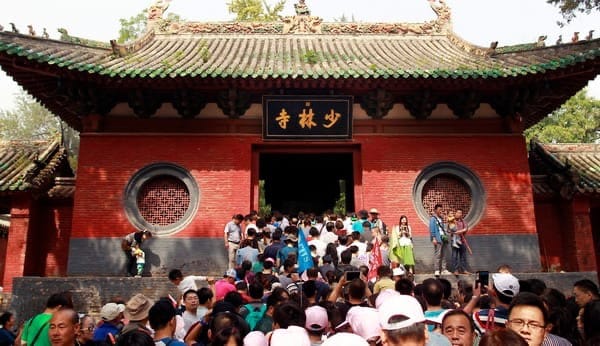Local galleries share international works
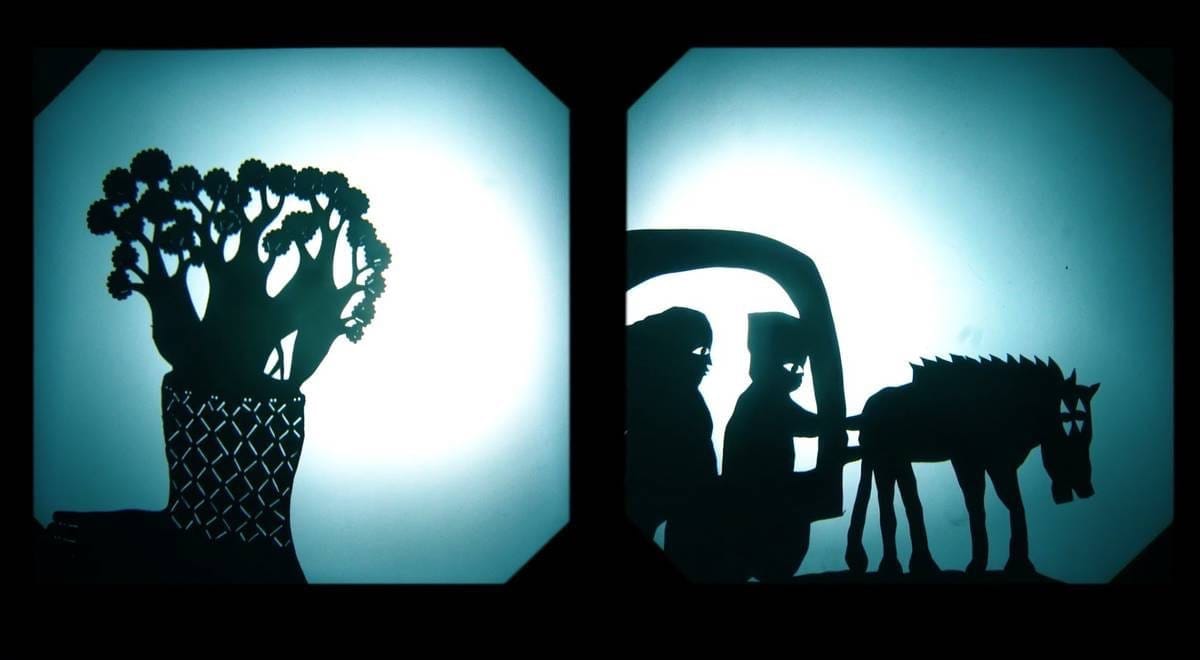
Famous civil rights sculpture in Nowra
One of the world's most significant sculptures, Broken Obelisk by Barnett Newman, is now installed outside the Shoalhaven Regional Gallery in Nowra on a five-year loan from the National Gallery of Australia. As part of the "Sharing the National Collection" #ArtAcrossAustralia, the artwork is expected to boost visitor numbers to the Berry Street gallery and the Shoalhaven in general.
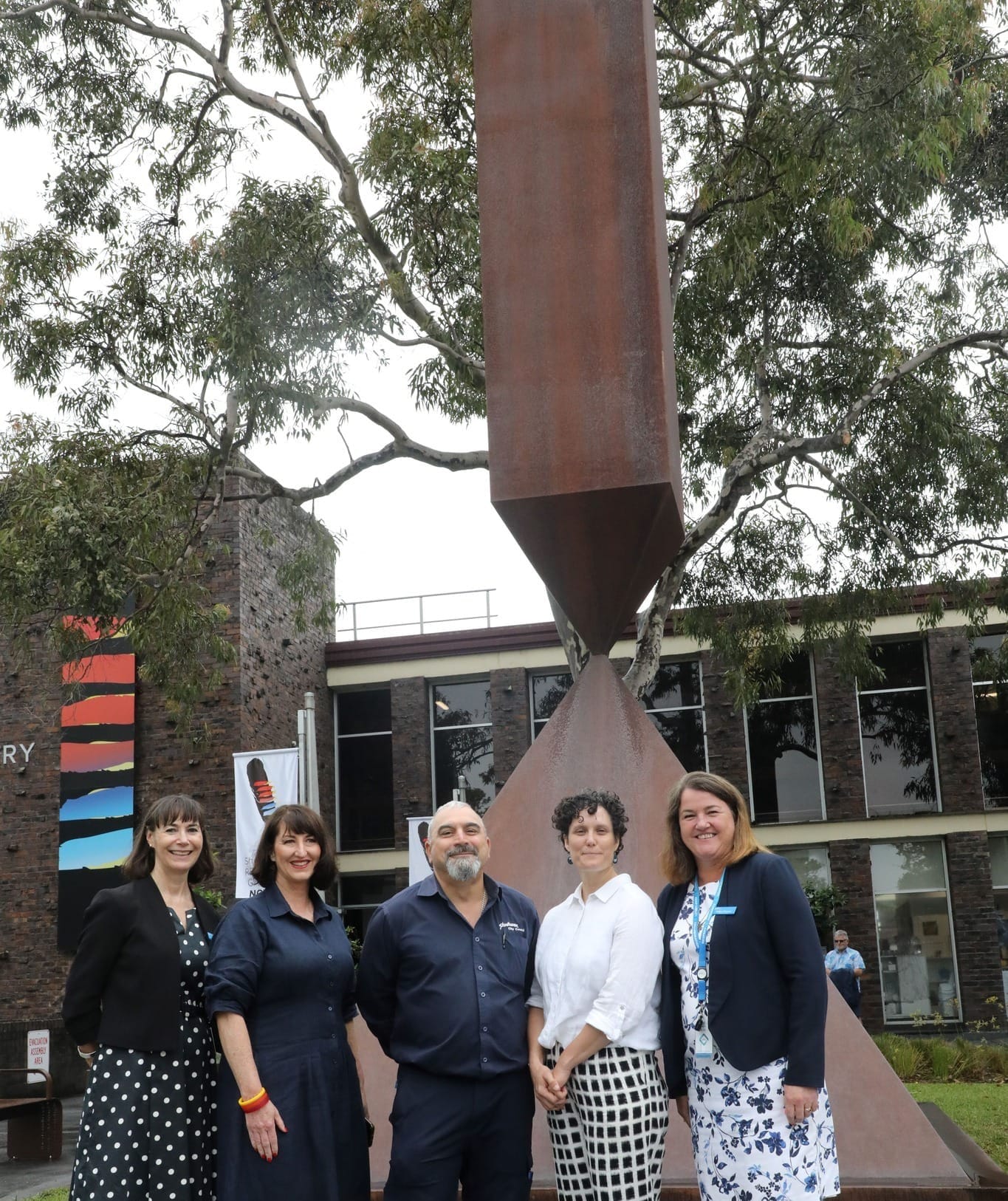
The well-known, gravity-defying work is considered a masterpiece of human engineering and artistic innovation and is one of four versions in existence.
An initiative of the Federal Government’s Revive National Cultural Policy, the collection allows significant works of art to be placed in regional areas across Australia, ensuring more audiences can connect with these major artworks.
The piece was made between 1963-1969 just before the American artist died in 1970. Constructed from Cor–Ten pieces of steel, in two parts, the sculpture is more than 25 feet tall and is a combination of a pyramid base with the obelisk section intriguingly and apparently precariously balanced at the meeting point of just two square inches. The two pieces are actually held together by a hidden steel pole.
Broken Obelisk was commissioned in 1963 for the city of Dallas, Texas as a tribute to the American Civil Rights Movement, its broken form representing the challenges faced by marginalized communities - and their resilience. Many people associate Broken Obelisk with Martin Luther King Jr., as it was installed in Houston's Rothko Chapel shortly after his assassination.

March 9 guided tour of new Bundanon Exhibition
Visit the Art Museum at Bundanon this Saturday, March 9, from 12-1pm for a roaming floor talk on the Tales of Land & Sea exhibitions with one of Bundanon’s knowledgeable guides.
Tales of Land and Sea brings together three distinct projects exploring storytelling, mythology, migration and the diasporic experience alongside an expanded live program offering context to the exhibition through tours with visitors, talks, workshops and live performances.
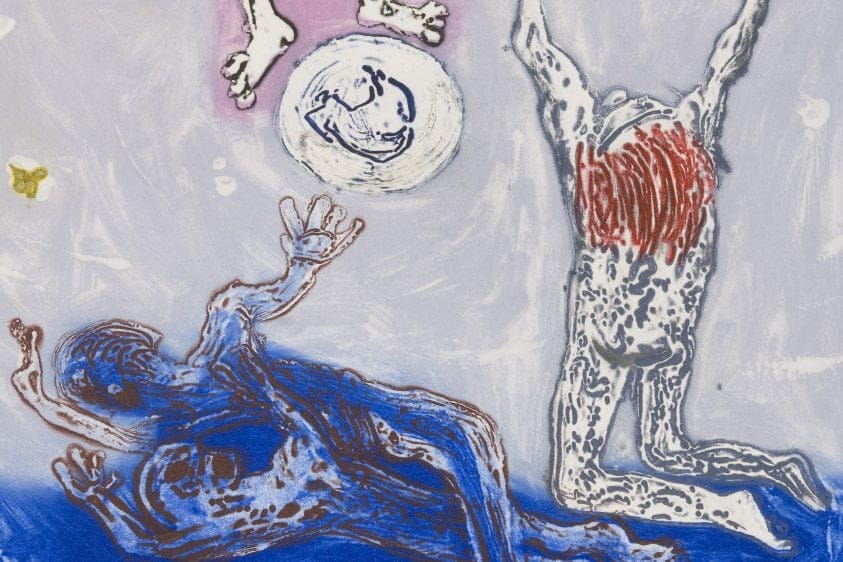
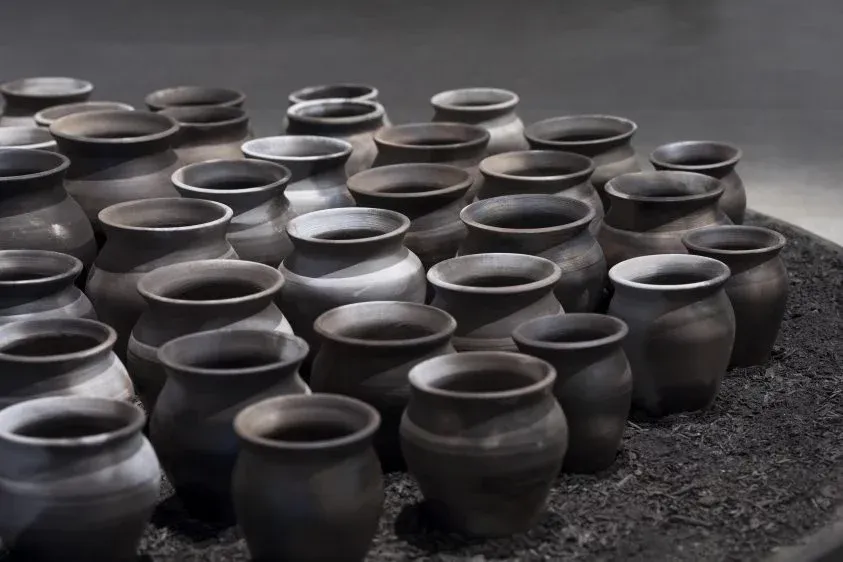
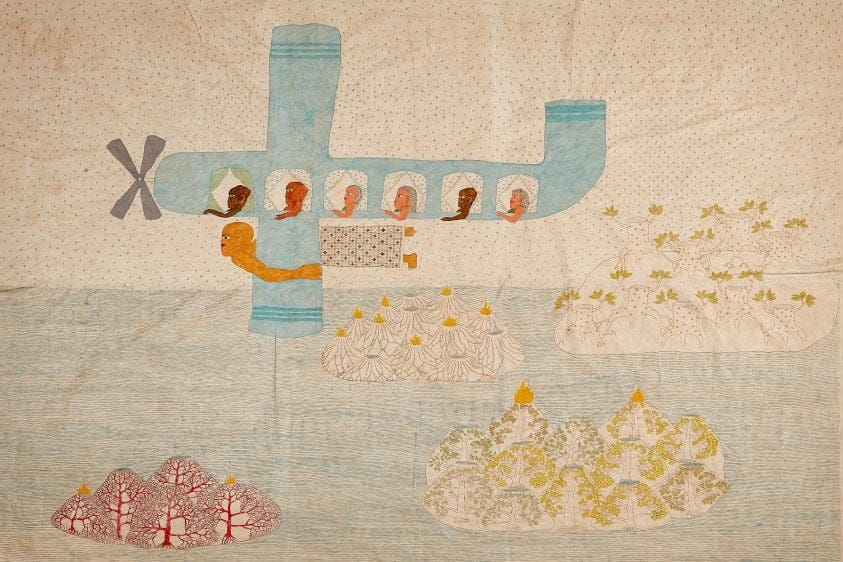
Drawing from both personal narratives and Eastern mythologies, the works highlight age-old themes of longing, displacement and cultural connection. The exhibitions explore cross-generational experiences of migration and the movement of people and goods across the sea.
Open to the public until 16 June 2024, the exhibition includes work by renowned contemporary Indonesian-Australian artist, Jumaadi, and South African Sancintya Mohini Simpson, as well as Arthur Boyd’s collaboration with printmaker Indra Deigan.
Jumaadi's survey exhibition, titled ayang–ayang (or shadow-shadow) draws on the tradition of storytelling through wayang kulit (shadow puppetry). Working across a range of mediums, including drawing, painting, installation and performance, Jumaadi’s presentation includes an intricate suite of large-scale paintings on cloth and works on buffalo hide. These are complemented by a new shadow-play video installation, drawing on pre- and post-colonial trade routes around the Indonesian archipelago. A selection of Javanese historical artefacts expands on the techniques and mythologies that have influenced his practice.
Sancintya Mohini Simpson presents an immersive sculptural and sound installation created in collaboration with her sibling, sound artist Isha Ram Das. Titled par-parā / phus-phusā (to speak incessantly / to whisper), the exhibition reflects on colonial histories in South Asia and bonded labour associated with the sugarcane industry, addressing themes of intergenerational loss and healing.
Three tonnes of earth from the Bundanon site and sugarcane ash have been brought inside the gallery space and embedded with microphones and vessels (lota) lacquered with black pigment, creating an immersive soundscape and performance space. The exhibition also incorporates new works on paper, made in residency at Bundanon, featuring Kōlaṁ designs traditionally made by South Indian women and placed at the entryways to homes, feeding the bugs and birds, as part of a circular system of regenerative care.
Titled Sangkuriang, the adjoining gallery exhibition is of rarely seen works from the Bundanon Collection by Arthur Boyd and West Javanese printmaker Indra Deigan. Boyd’s collagraphs and woodcuts are exhibited alongside four editions of a handmade artist’s book created collaboratively by Boyd and Deigan in 1993, inspired by the West Javanese legend, Sangkuriang, first documented in the 15th century.
More information and bookings here to visit this exhibition and special tour.

